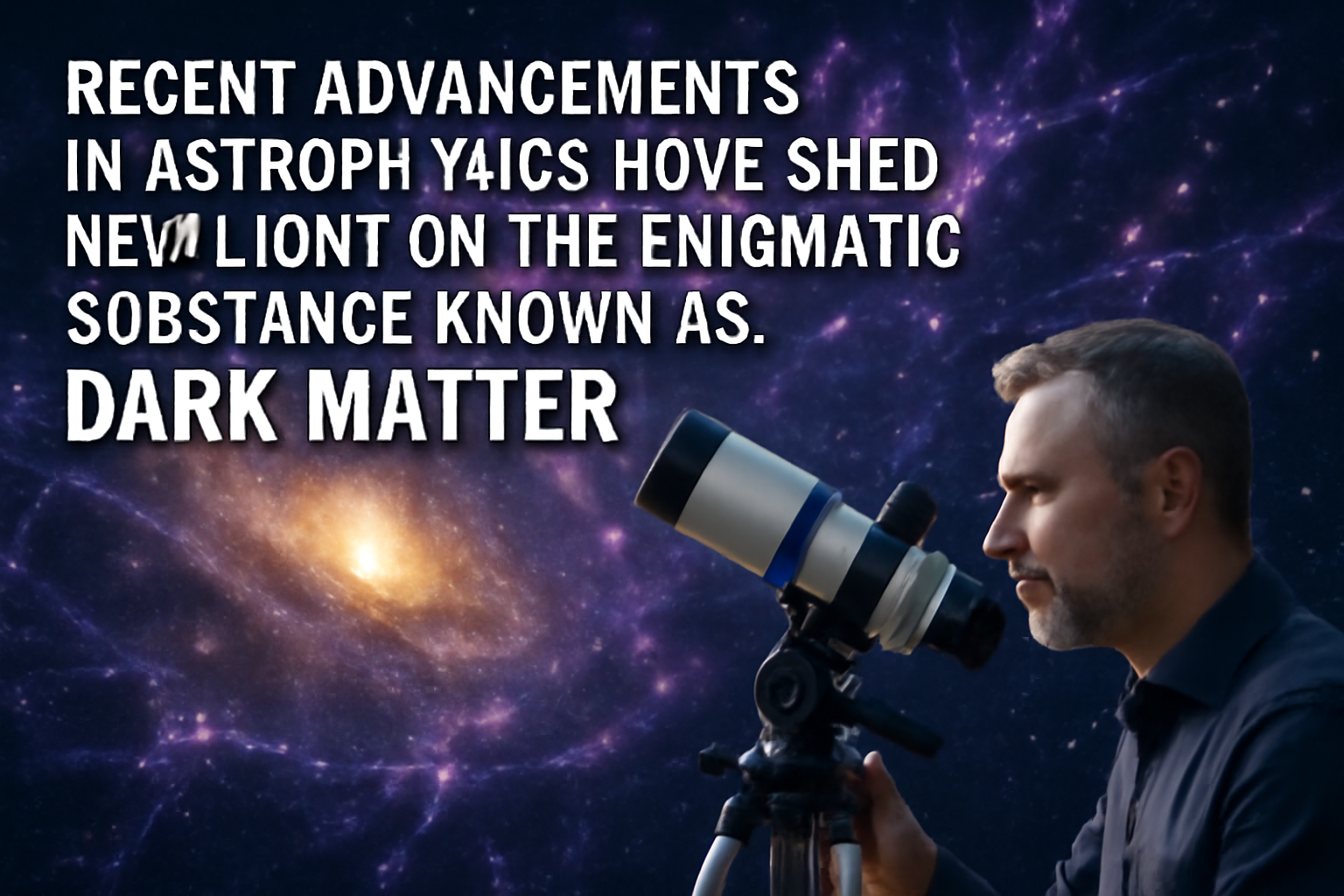Location
Mount Vernon, WA 98274
Location
Mount Vernon, WA 98274

Recent advancements in astrophysics have shed new light on the enigmatic substance known as dark matter. Scientists are uncovering how this elusive component shapes our universe, offering new insights into its fundamental nature and influence on cosmic structures.
The universe is a vast expanse filled with mysteries, and one of its most intriguing puzzles is dark matter. Accounting for approximately 27% of the universe’s mass-energy content, dark matter remains invisible and undetectable through conventional means. However, recent breakthroughs in cosmic research are beginning to unravel its mysteries.
In a groundbreaking study published in a leading astrophysical journal, researchers utilized advanced simulations and observational data from the Hubble Space Telescope to analyze the behavior of galaxies in a cluster known as Abell 2744. This cluster, located about 3.5 billion light-years from Earth, serves as a cosmic laboratory, allowing scientists to probe the gravitational effects of dark matter.
The findings indicate that dark matter not only influences galaxy formation but also plays a critical role in the large-scale structure of the universe. By observing how galaxies interacted within the cluster, researchers were able to infer the presence and distribution of dark matter, revealing that it forms a web-like structure throughout the cosmos. This aligns with existing theories that suggest dark matter acts as a scaffold for visible matter, guiding galaxies as they evolve over billions of years.
Moreover, the recent detection of gravitational waves has opened up new avenues for investigating dark matter. Scientists are exploring the possibility that these ripples in spacetime, caused by the collision of massive celestial bodies, could provide clues about the properties of dark matter particles. Could these waves offer insights into the elusive nature of dark matter? Researchers are optimistic that as detection technologies improve, we may soon have answers.
In addition to observational advancements, theoretical physicists are also making strides in understanding dark matter. New models propose that dark matter could consist of a variety of particles, each with unique characteristics. One such candidate is the Weakly Interacting Massive Particle (WIMP), which remains a focus of experiments conducted in underground laboratories worldwide. As these experiments yield data, scientists are hopeful they will eventually detect WIMPs or rule them out entirely, further refining our understanding of dark matter.
As humanity continues to push the boundaries of knowledge in cosmic research, the quest to understand dark matter remains a top priority. Each discovery not only expands our understanding of the universe but also invites profound questions about our place within it. What lies beyond the observable universe? How did dark matter come to be? These questions fuel the curiosity of astronomers and physicists alike, ensuring that the exploration of dark matter will remain a vibrant field of study for years to come.